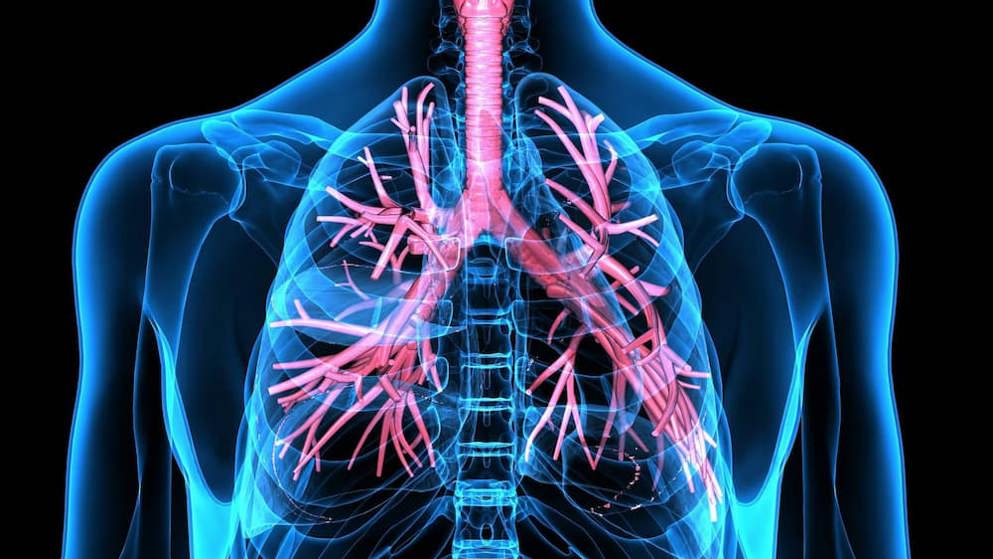European Commission approves Bevespi Aerosphere as a maintenance dual bronchodilator treatment to relieve symptoms in adult patients with COPD.- AstraZeneca
AstraZeneca announced that the European Commission (EC) has approved Bevespi Aerosphere (glycopyrronium/formoterol fumarate) in a pressurised metered-dose inhaler (pMDI) as a maintenance dual bronchodilator treatment to relieve symptoms in adult patients with chronic obstructive pulmonary disease (COPD). Bevespi Aerosphere is the first medicine in its class to be approved by the EC in a pMDI. The approval offers patients with COPD an important new choice of inhaler device.
Dr Omar Usmani, Consultant Physician in Respiratory Medicine at the National Heart & Lung Institute, Imperial College London and Royal Brompton Hospital, UK, said: �Bevespi Aerosphere is an important treatment option in COPD, particularly for patients with limited lung function and advanced age who may benefit from using a pMDI. The efficacy and safety profile of Bevespi Aerosphere has been well established in the Phase III PINNACLE programme.�
Bevespi Aerosphere is a twice-daily, fixed-dose dual bronchodilator combining glycopyrronium, a long-acting muscarinic antagonist (LAMA), and formoterol fumarate, a long-acting beta2-agonist (LABA). The EC approval is based on the Phase III PINNACLE trial programme which evaluated the efficacy and safety of Bevespi Aerosphere and involved more than 5,000 patients with moderate to very-severe COPD. Bevespi Aerosphere is also approved in the US, Canada, Australia, Turkey and Taiwan as a dual bronchodilator for the long-term maintenance treatment of COPD.

